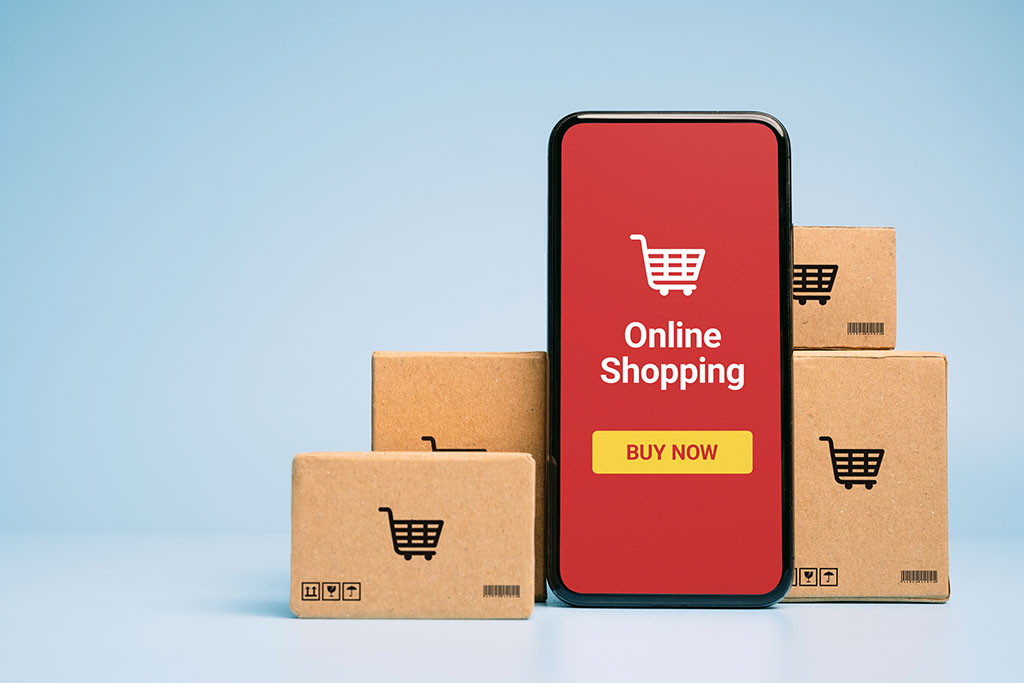Should I sell on Amazon or Build an E-Commerce site?

Where you chose to sell online affects your Brand’s Reach and Influence.
Selling on your own website or Amazon affects how customers interact with your products. Every brand wants its products to reach as many customers as possible and encourage customers to return. When selling products online, having the right storefront location for your products will affect how your products reach customers and how hard you must work to engage customers. Do you have more control over how you engage customers through a DIY method or do you rely on a larger customer base with strict guidelines on how you present your products on their platform? Learning about your options for selling online will help you determine where to sell your products.
Selling from your brand’s website puts you in control.
Your website is a multi-purpose hub your customers can access to learn, connect, and purchase in one interaction. Immotion Studios encourages its partners to always have their own website. Allowing visitors to learn more about your brand provides your customers a relationship with you and those relationships transform into purchases and brand engagement. Whether you are hosting your own storefront on a platform like Shopify, using WooCommerce, or any other e-commerce framework, having control over the customer experience keeps you, the store owner, in control of your brand’s reach. Building your store with relatable product keywords, clean navigation and look, and a responsive mobile experience will boost your brand. Managing your online store reduces the distractions that e-commerce giants like Amazon push on our potential customers. You want your brand to be the focus; your e-commerce website is your customer’s personal stop-and-shop. First impressions are lasting impressions.
Customers want to make sure they are shopping online safely; a website with security, noted sales, reviews, and a good user experience all help validate your brand’s presence online. When customers trust your brand they come back to the shop and that generates data for your website for analytics. Collecting analytics on your visitors and customers allows you to make structural changes to how products are listed when to run discounts and campaigns, and how to respond to customer feedback. The data and contact forms received from your storefront allows you to interact with your customers directly; sending personalized emails and responding to fulfillment concern swiftly benefits both you and the customer. When customer trust is built on a positive e-commerce experience, those customers come back and share their experiences on social media and search engine reviews. When you own your e-commerce website you decide the rules, store policies, how to engage, what data is important, and how customers will interact with your brand.
Selling on Amazon allows for wider customer engagement
There are millions of potential customers on Amazon. Selling your products requires joining and agreeing to Amazon Marketplace. Know that you are buying a service to provide a service. You want to make sure you understand the guidelines; should you break any policies, Amazon can close your site. It is important to make sure you comply with policies. While designing your Amazon Marketplace store has limitations, the simplicity allows for a custom layout to make the space your own. Amazon allows you to place a lot of information about your products; having a good understanding of Search Engine Optimization (SEO) will assist you with setting yourself apart from the competition. When many stores use Amazon the same way you are you can easily check in on what your competitors are doing but so can your competitors.
Depending on where you are in your store’s journey, new brands can have a difficult time entering the Amazon product race. Using Amazon for fulfillment purposes comes with risk if the carrier doesn’t deliver products on time. Late packages will reflect on your store regardless if you were shipping the product. For the risk Amazon poses, having access to millions of customers, a quick and editable storefront, and ease of access to answer customer concerns are all benefits. Lastly, if Amazon is going to be your sole storefront, you will want to invest in an ad budget and a campaign strategy to direct customers to your products.
Sharing engagement between storefronts allows for customer flexibility.
The good news is that you don’t have to choose one or the other! While it is important to own your own website, selling your product in tandem on Amazon is a wise decision. While customers can purchase a multitude of products off of Amazon, learning about the products is the job of your website. While Amazon is a secondary avenue to sell your products when customers have questions, concerns, or complaints Amazon defaults to the store owner. Having your own e-commerce website with a FAQ or contact form is critical; you wouldn’t want to risk a customer sounding the alarm on social media when they don’t know where to direct a complaint.





